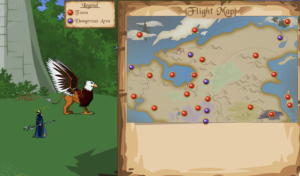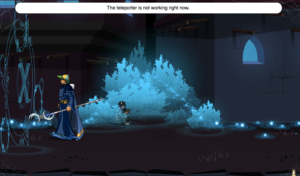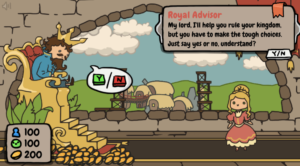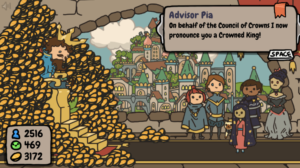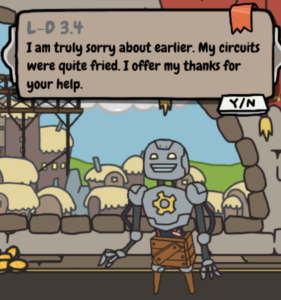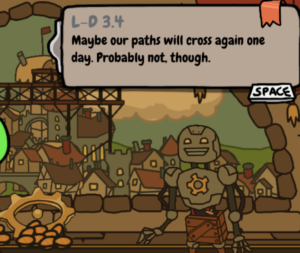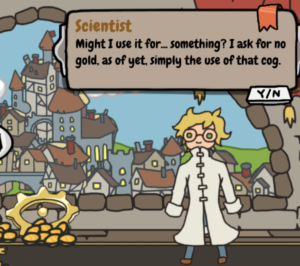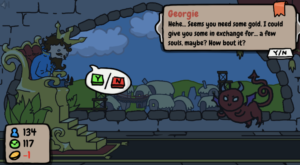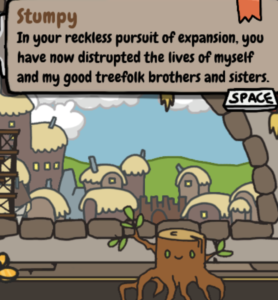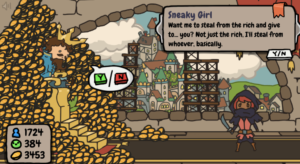When I think of the word disruption, I automatically think of historical events and how would these events turn out to be if decisions or actions taken were different. It is interesting that observing one of these events from 3rd person perspective when the event is over is much more different partaking it conceptually. I believe for the majority of the case, the people who helped to construct the historical events committed their actions unaware. They did not know their actions would be considered as significant blocks and the actions would be evaluated, criticized and taught in schools in a future time. In this sense, would their actions be different if they knew the results? Would they disrupt the reality shaped by the past if they were given a second chance? Would learning about similar historical events prevent the people from making the same mistakes? The game we want to build originates from these questions. The historical event we picked for the game is the Homestead Act. This game would be a single player decision-based game, branching according to the player’s responses. The story would evolve according to the actions of the player. However, the player would not have any clue about this historical event when he starts playing the game. The player would try to make logical decisions while unknowingly contributing to the virtual Homestead Act.
The design of the game was made with minimalistic tendencies. We did not want to confuse the player by bombarding him with information. Instead, the information was divided into several frames and was received by the player on demand without a time limit. First, an extensive story was written with several possible scenarios. These scenarios would then be divided into smaller pieces that could be conveyed through a single frame. Old paintings and photographs were edited and some text was added to create these frames. Each frame would increment the story a little bit more. Buttons would enable the player to make decisions and also continue the game whenever she wished. The scenario would be traversed according to the decisions of the player in one direction. It is important to note however that some decisions should merge into similar results to prevent the story from exponentially growing. Without such a merging, the story would be hard to manage and potentially the actual aim of the game would be difficult to achieve, which is making the player partake in the Homestead Act. The sound of the game could be the recordings of the text on the frame. Optionally, there could be a background music. The background would have a Western music that would fit the atmosphere of the game.
The final version of the game was satisfactory in the sense that the game looked cohesive and communicative. The final version of the game had the story, constantly, closely related to the actual aim of the game without spending time on side stories. It is arguable whether it would be a better approach to extend the game with more personal stories to bond the player with the characters. This version of the game is on point and throws the player into the middle of the Homestead Act right away. The final scenario includes romance to a great extent and considering the popularity of this genre, it is up to the players to decide if it is cliche or not. The playtesting yielded overall an adequate feedback. Some players claimed that the game was educational and that the story was fluid and kept them interested. These players admitted that they were surprised how the story got connected to an actual event. Other players voiced out the lack of connections they had with the characters. They claimed they felt like a 3rd person skimming through a slideshow of someone else’s life. Therefore, they did not feel like their decisions caused a catastrophe which means the scenario was not strong enough to make these players reevaluate themselves. This feedbacks indicates that the intended gameplay was somewhat accomplished to some extent. It highlights the fact that the shock effect was in place for some players. Overall, I conclude that there is a need to improve the story to enhance the relatability of the characters.
The link to download the game is here
